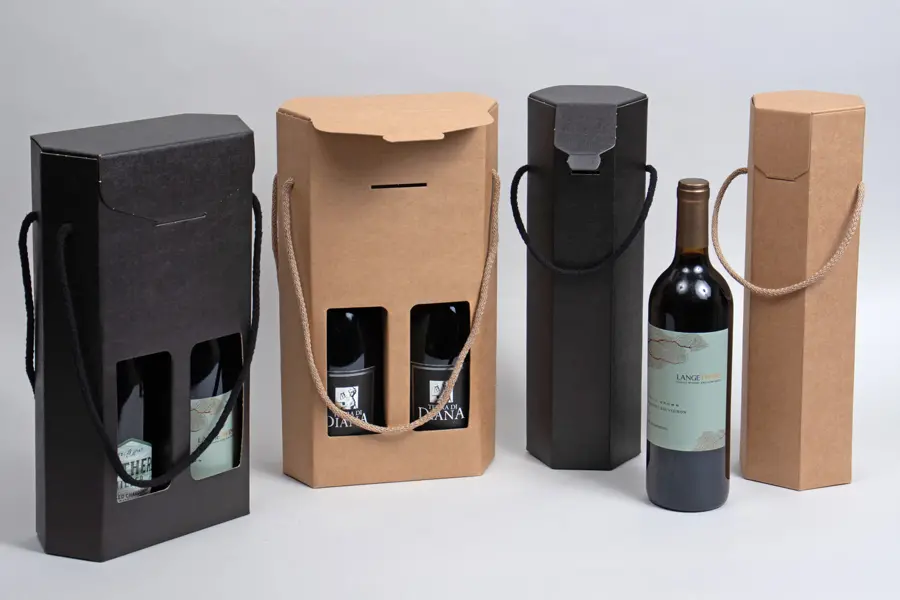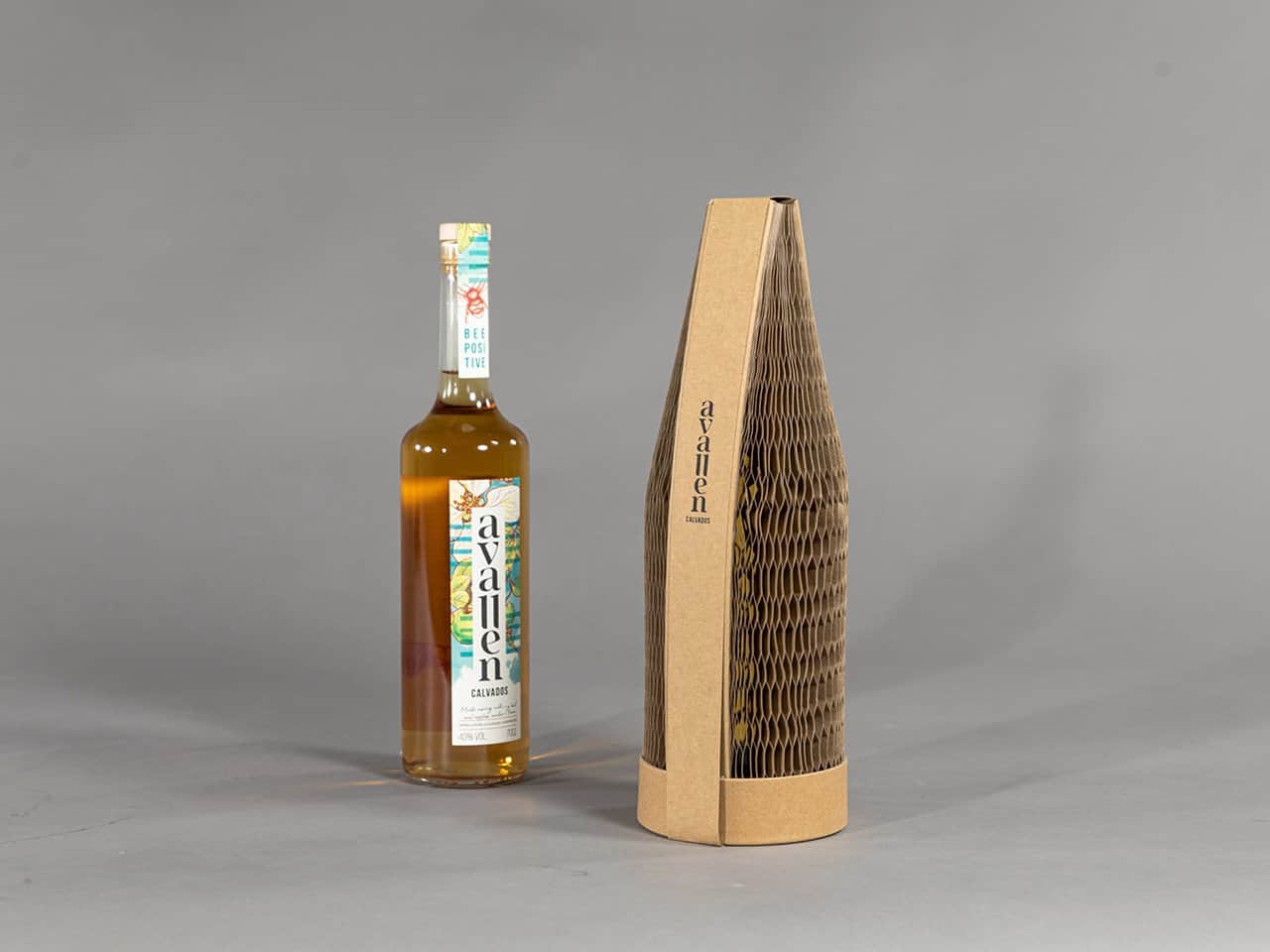The wine industry stands at a pivotal crossroads where tradition meets environmental responsibility. As climate change concerns intensify and consumer awareness grows, wineries worldwide are reimagining their approach to packaging. The transformation extends far beyond vineyard sustainability practices to encompass every aspect of wine production, particularly packaging solutions. Wine packaging accounts for an astounding 30% to 60% of the total carbon footprint in wine production, making it a critical area for environmental improvement.
This dramatic shift represents more than a trend—it’s becoming an industry imperative driven by regulatory pressures, consumer demand, and corporate responsibility initiatives. Forward-thinking wineries are discovering that sustainable packaging not only reduces environmental impact but also offers compelling economic advantages and enhanced brand positioning in an increasingly competitive marketplace.
The Environmental Impact of Traditional Wine Packaging
Traditional glass bottles have long been the gold standard for wine packaging, but their environmental cost is substantial. Glass bottles account for nearly 29% of the wine industry’s carbon emissions, with production and transportation representing the largest contributors to this footprint. The energy-intensive manufacturing process, combined with the weight factor during shipping, creates a significant environmental burden that the industry can no longer ignore.
The challenge extends beyond glass production to encompass the entire packaging ecosystem. Traditional wine shipping utilizes various materials, including bubble wrap, polystyrene, cardboard fittings, plastic foam, and loose fill materials, all contributing to waste streams and environmental degradation. This comprehensive packaging approach, while protective, generates substantial non-recyclable waste that strains global waste management systems.
Innovative Sustainable Packaging Solutions

The industry’s response to environmental challenges has sparked remarkable innovation in sustainable packaging alternatives. The Frugal Bottle represents a groundbreaking solution, constructed from 94% recycled paperboard and featuring a certified recyclable food-grade plastic pouch. Italian producer Cantina Goccia has successfully transitioned 80% of its wine production to paper bottles, earning recognition at the 2023 PAC Global Packaging Awards for technical innovation and sustainable design.
Lightweight glass innovations are gaining significant traction across the industry. Australian collaboration between Vinpac International and Orora has produced a lightweight Reverse Taper bottle weighing 420 grams—195 grams less than standard bottles, achieving an 18% reduction in emissions. These innovations maintain the premium aesthetic while dramatically reducing environmental impact.
Alternative materials are expanding beyond traditional boundaries. PET bottles produce 79% fewer greenhouse gas emissions and use 90% less energy during production compared to glass. Companies like Packamama have surpassed their millionth bottle milestone, demonstrating market acceptance of these sustainable alternatives among major producers, including LVMH’s Chateau Galoupet.
Industry Collaboration and Future Outlook
The formation of strategic alliances signals the industry’s commitment to sustainable transformation. The Alternative Packaging Alliance (APA), launched by environmentally conscious wine brands including Juliet Wine, Communal Brands, and Tablas Creek, aims to reduce reliance on single-use glass bottles. This coalition focuses on education, elevation of sustainable brands, advocacy, and challenging perceptions that alternative packaging compromises quality.
Wine GB’s launch of the Sustainable Packaging Toolkit provides comprehensive guidance for English and Welsh wine producers, offering packaging life cycle analysis, best practice examples, and compliance resources. This initiative demonstrates industry-wide recognition that sustainable packaging requires a systematic approach and shared knowledge.
The future trajectory indicates continued innovation in sustainable materials, with developments in compostable packaging, recycled content optimization, and lightweight design solutions. As consumer demand for environmentally responsible products intensifies, sustainable packaging is transitioning from competitive advantage to market necessity, positioning it as the definitive future of wine packaging.


